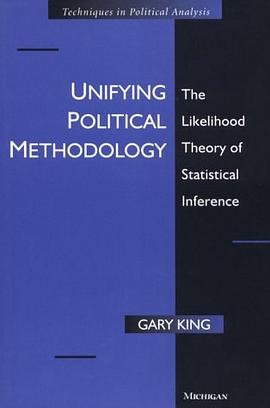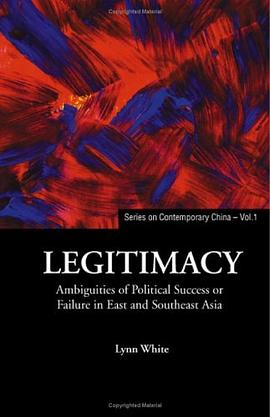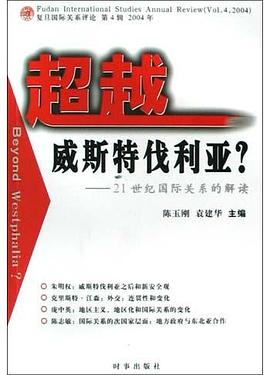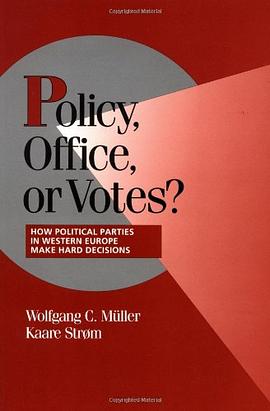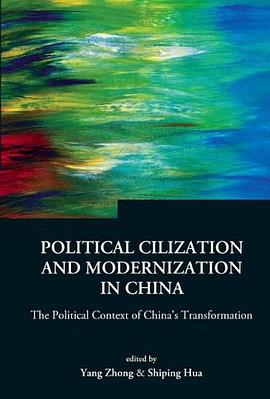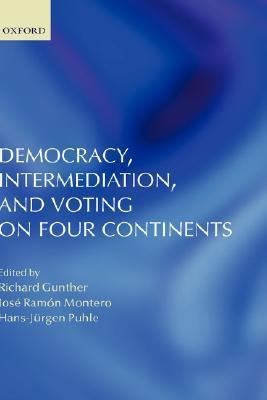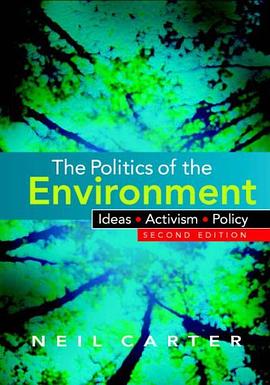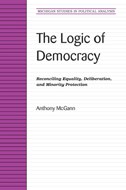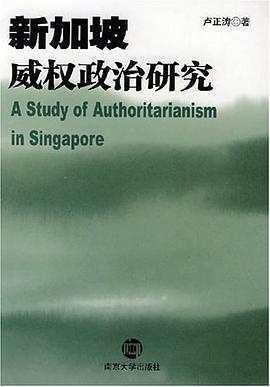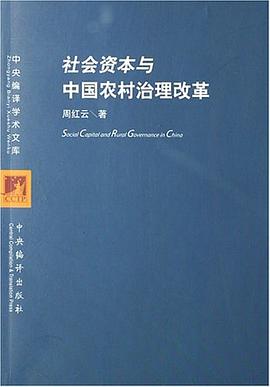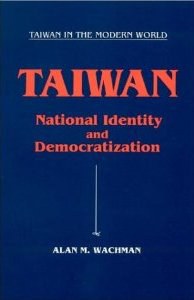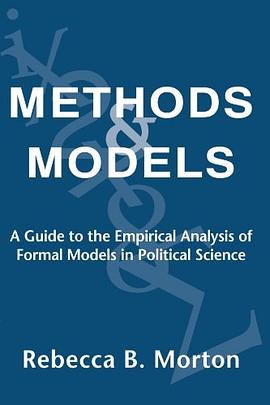

具体描述
At present much of political science consists of a large body of formal mathematical work that remains largely unexplored empirically and an expanding use of sophisticated statistical techniques. While there are examples of noteworthy efforts to bridge the gap between these, there is still a need for much more cooperative work between formal theorists and empirical researchers in the discipline. This book explores how empirical analysis has, can, and should be used to evaluate formal models in political science. The book is intended to be a guide for active and future political scientists who are confronting the issues of empirical analysis with formal models in their work and as a basis for a needed dialogue between empirical and formal theoretical researchers in political science. These developments, if combined, are potentially a basis for a new revolution in political science.
作者简介
目录信息
Half-title......Page 3
Title......Page 5
Copyright......Page 6
Contents......Page 7
Acknowledgments......Page 11
PART I Introduction......Page 13
1.1.1 Sophisticated Methods without Theory......Page 15
1.1.2 Strong Theory without Data......Page 21
1.2.1 The Behavioral Revolution......Page 25
1.2.2 Effects on Political Science......Page 26
1.2.3 Political Science Today......Page 29
Sources of Today’s Political Science.......Page 30
1.2.4 The Gap between Theorists and Empiricists......Page 34
1.3.1 Bridging the Gap......Page 36
1.3.2 Non-Goals of the Book......Page 37
1.4 Examples in the Book......Page 38
1.5 Plan of the Book......Page 39
1.6 Using the Book......Page 40
PART II Formal Models in Political Science......Page 43
2.2.1 Observations about the Real World Suggest Research Questions......Page 45
2.2.2 Nonformal Model Building as a Start in Answering Research Questions......Page 46
2.2.3 Formal Model Building......Page 48
2.2.4 Choosing a Formal Model......Page 49
2.2.5 Nonformal versus Formal Models......Page 53
2.2.6 Applied Formal Models versus Pure Theory......Page 59
2.2.7 Solving a Formal Model......Page 61
2.2.8 Numerical versus Analytical Solutions......Page 62
2.2.9 Empirical Analysis of Applied Formal Models......Page 66
2.2.10 Further Theoretical and Empirical Study......Page 69
2.2.11 Models and the Scientific Process: A Summary......Page 71
2.3 Mathematics in Formal Models......Page 74
2.3.1 Income and Voting......Page 75
The Line-Item Veto and Government Spending.......Page 81
2.4 Conclusions......Page 85
3.1.1 Rational Choice as an “As If” Assumption......Page 87
3.1.2 Rational Choice as Prescription......Page 91
3.1.3 Myths of Rational Choice......Page 92
3.2.1 Types of Game Theoretic Models......Page 94
3.2.2 Solutions in Game Theory......Page 95
3.3.1 Individual Choice Models......Page 96
3.3.2 Other Nonrational Choice–Based Formal Models......Page 105
3.4 A Typology of Formal Models......Page 106
3.5 Mathematical Techniques......Page 108
PART III Empirical Evaluation of Formal Models......Page 111
4.1.1 Evaluating Predictions......Page 113
4.1.2 Evaluating Alternative Models......Page 116
4.2 The Model, the Truth, and Randomness......Page 118
4.2.1 Option 1: Re-solving the Model......Page 120
4.2.2 Option 2: Complete DGP......Page 122
4.2.3 Option 3: Partial DGP......Page 141
Pitfalls of a Partial DGP.......Page 142
4.3 Other Implementation Issues......Page 144
4.3.1 Using Qualitative Data and Case Studies......Page 145
4.3.2 Dealing with Strategic Behavior......Page 147
4.3.3 Parameter Estimation and Variable Measurement......Page 149
4.3.4 Individual versus Aggregate Data......Page 150
4.4 The Value of Multiple Evaluations......Page 152
5.1.1 Justifying Unverified Assumptions......Page 154
5.1.2 Justifying False Assumptions......Page 155
5.1.4 Is Assumption Evaluation Possible?......Page 157
5.2 Examples of Assumption Evaluation......Page 158
5.2.1 Expected Utility Theory......Page 159
5.2.2 Separability of Preferences......Page 169
5.3 Assumptions, Complexity, and Pure Theory......Page 172
5.4 Implications of the Examples......Page 173
6.1.1 The Paradox of Point Predictions......Page 176
Desirability of Unique Point Predictions.......Page 177
6.1.2 Effective Evaluation of Point Predictions......Page 181
6.2 What Does Disequilibrium Mean for Empirical Predictions?......Page 194
Games of Coordination.......Page 195
6.3.2 Theoretically Reducing the Number of Equilibria......Page 204
6.3.3 Multiple Equilibria: Types of Empirical Evaluation......Page 209
Counteractive Lobbying.......Page 211
6.4 Implications of the Examples......Page 217
CHAPTER 7 Evaluating Relationship Predictions......Page 221
7.1 Evaluating Comparative Static Predictions......Page 222
7.1.1 Roll-Call Voting over Supreme Court Nominations: Probabilistic Voting Applied......Page 223
7.1.2 Presidents and Supreme Court Nominees: The Regime Approach......Page 227
7.1.3 Comparison of the Two Studies......Page 231
7.1.4 A Digression: Model Fitting and Explanatory Power......Page 232
7.2 Evaluating Process or Dynamic Path Predictions......Page 234
7.2.1 A Political Macroeconomic Model: A Dynamic Formal Model as a Partial DGP......Page 235
7.2.2 A Neoclassical Economic Growth Model and Political Competition: Theory versus Stress Tests......Page 243
7.3 Extending the Empirical Focus......Page 247
7.4 Policy Implications of Formal Models......Page 250
7.5 Implications of the Examples......Page 251
8.1 Alternatives or Not?......Page 254
8.2.1 Comparing Models as Complete DGPs: QRE versus QRNB......Page 258
8.2.2 Comparing Models as Partial DGPs......Page 260
Convergence versus Divergence: Contrasting Predictions.......Page 261
Direction versus Proximity: Contrasting Assumptions.......Page 265
8.3 Dimensions of Comparability......Page 270
8.3.1 Principal–Agent Models and Bureaucrats......Page 271
8.3.2 Bureaus and Budgetary Control......Page 274
8.4 Generalizability of Empirical Comparisons of Alternative Models......Page 277
8.5 Formal versus Nonformal Models Redux......Page 278
8.5.1 Crisis Bargaining......Page 279
8.5.2 Cosponsorship......Page 283
8.6 Implications of the Examples......Page 286
PART IV A Second Revolution......Page 289
9.1.1 The Process of Empirical Analysis......Page 291
9.1.2 The Steps Analogy......Page 298
9.2.1 Laboratories Everywhere......Page 299
9.2.3 Required Graduate Training in Formal Models and Methods......Page 300
9.2.4 A New Undergraduate Political Science......Page 301
9.2.5 You’re OK, I’m OK......Page 302
9.3 A Call for “Constructive Criticism”......Page 305
References......Page 307
Name Index......Page 329
Subject Index......Page 334
· · · · · · (收起)
读后感
评分
评分
评分
评分
用户评价
相关图书
本站所有内容均为互联网搜索引擎提供的公开搜索信息,本站不存储任何数据与内容,任何内容与数据均与本站无关,如有需要请联系相关搜索引擎包括但不限于百度,google,bing,sogou 等
© 2025 book.wenda123.org All Rights Reserved. 图书目录大全 版权所有

